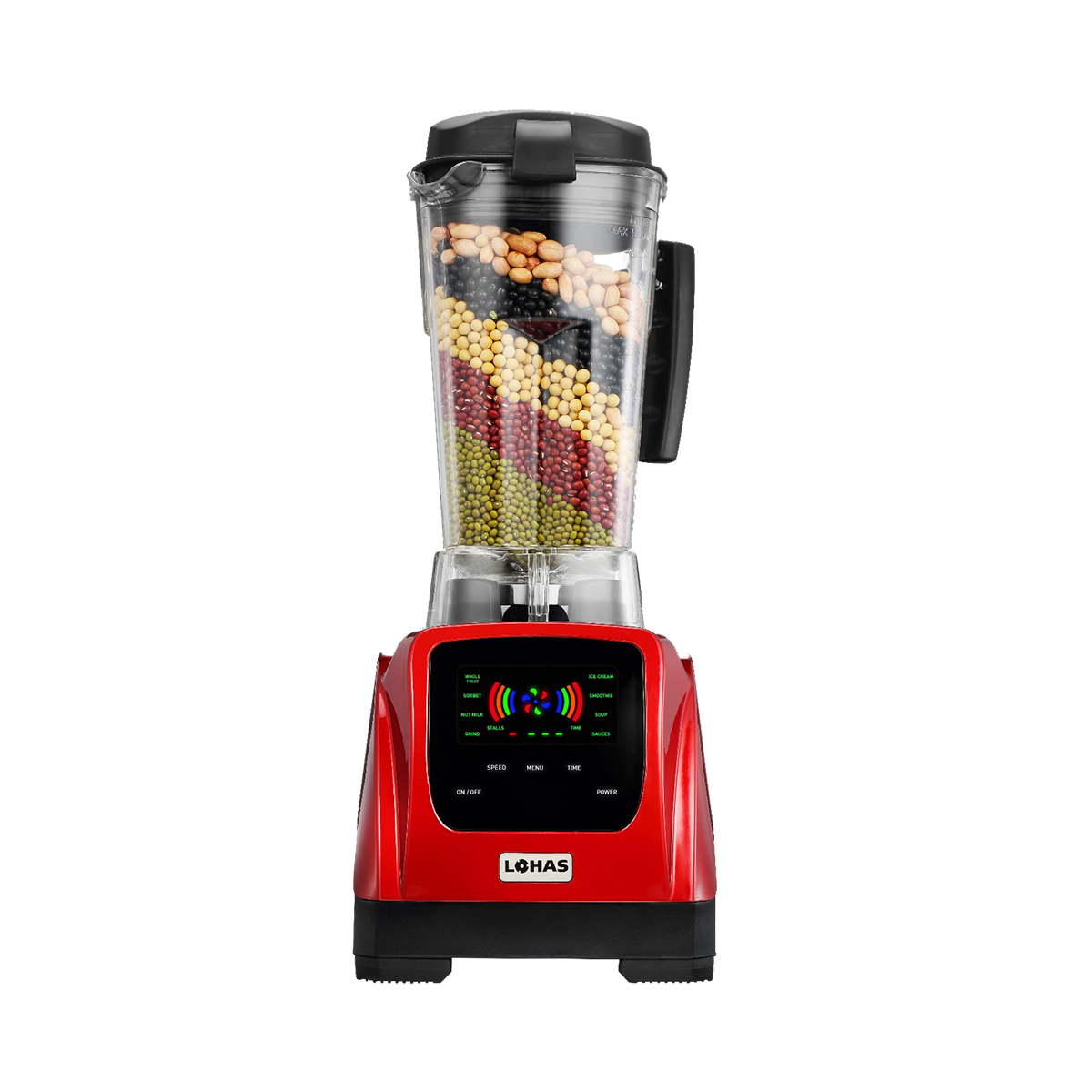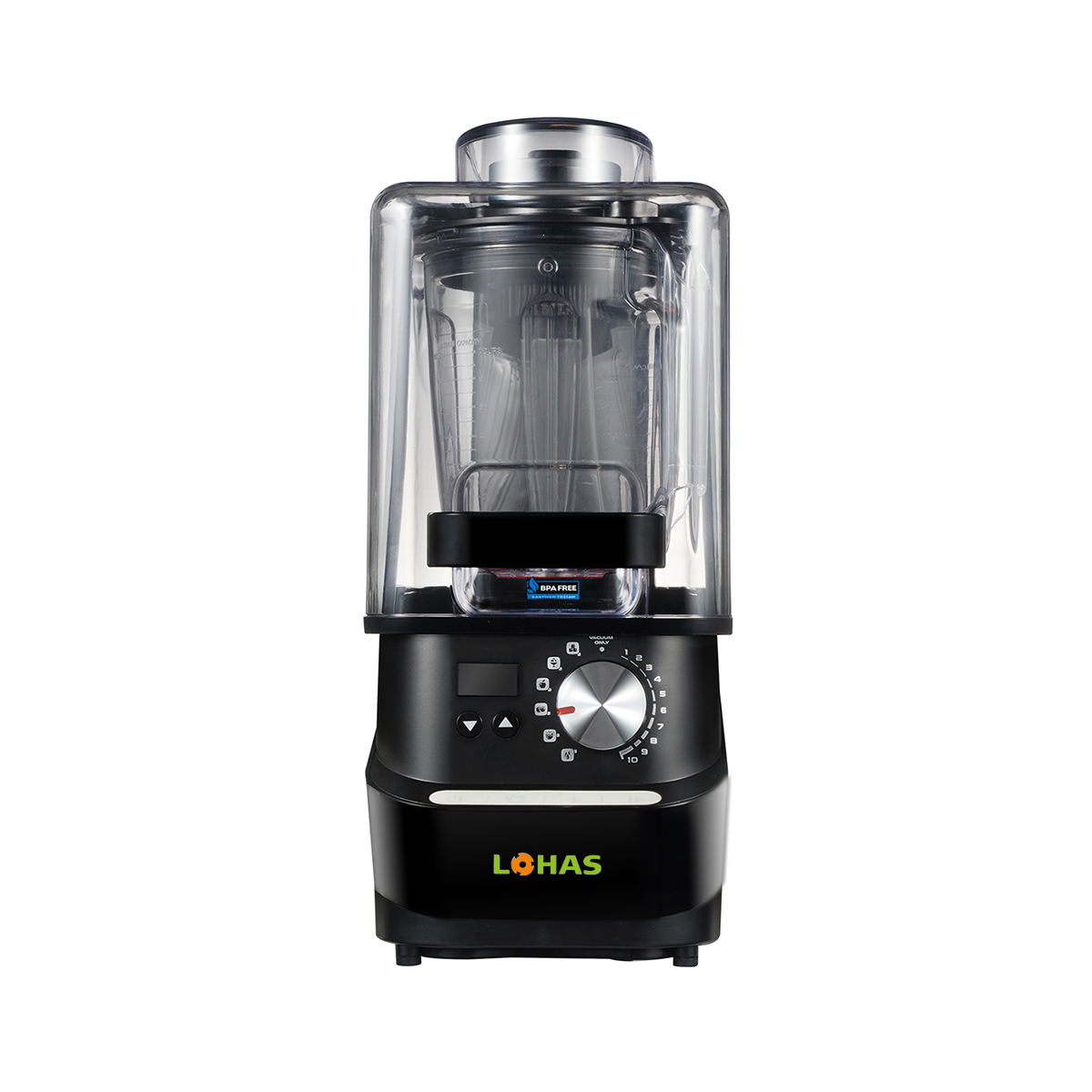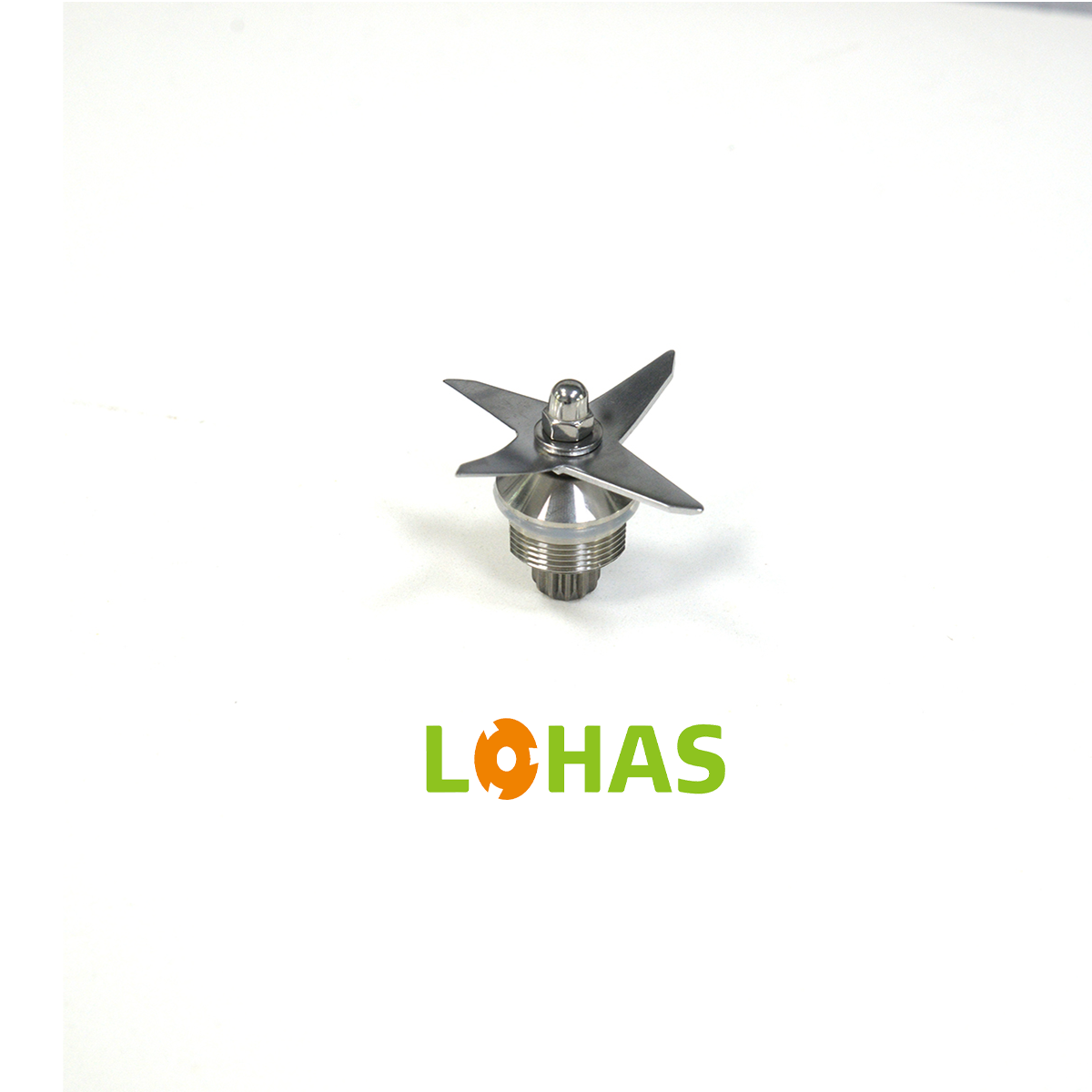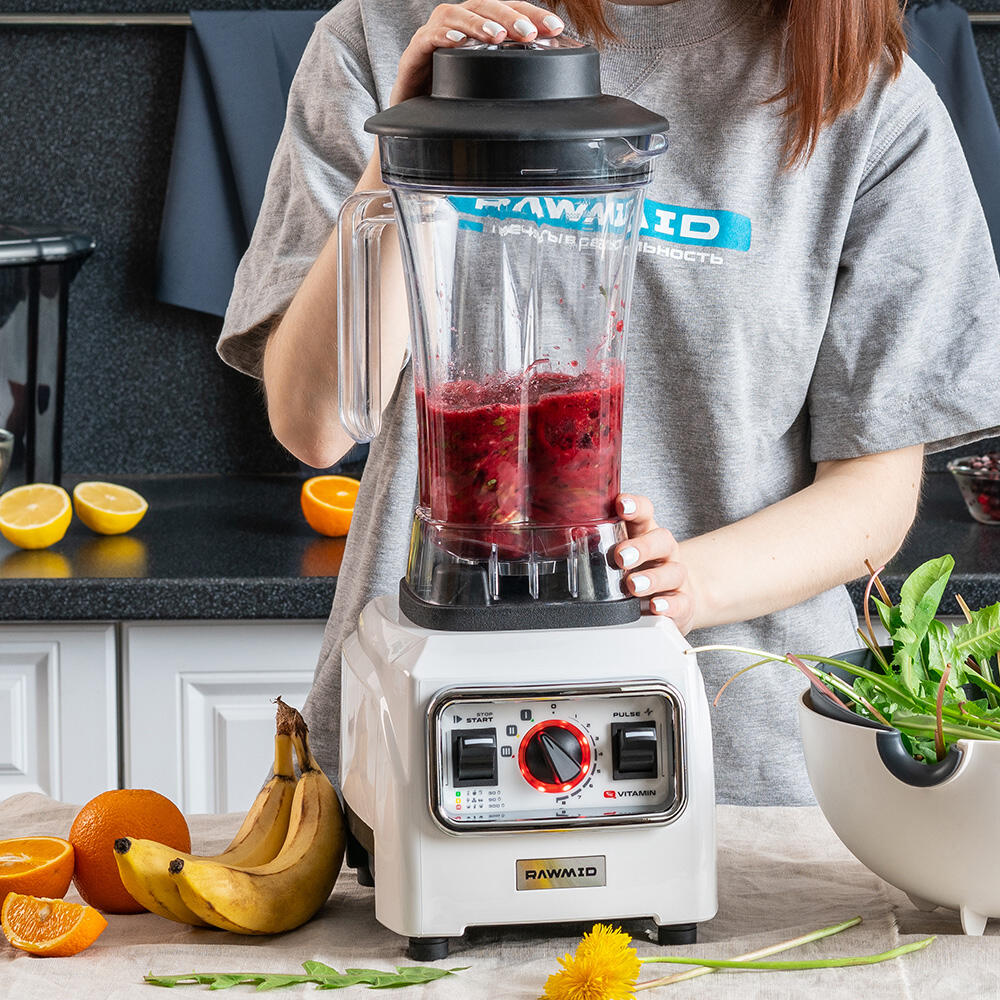Μεταμορφώστε την κουζίνα του εστιατορίου σας με επαγγελματική ισχύ ανάμειξης
Η καρδιά κάθε επιτυχημένης κουζίνας εστιατορίου βρίσκεται στον εξοπλισμό της, και ένας εμπορικό μπλέντερ αποτελεί ένα απαραίτητο εργαλείο που μπορεί να ανεβάσει την προετοιμασία φαγητού σε νέα επίπεδα. Από τη δημιουργία λείων και ομαλών σάλτσων μέχρι τον τέλειο τριμμένο πάγο για χαρακτηριστικά κοκτέιλ, ένα εμπορικό μπλέντερ παρέχει συνεπή αποτελέσματα που ικανοποιούν ακόμη και τους πιο απαιτητικούς πελάτες και βελτιώνουν τη λειτουργία της κουζίνας. Οι σύγχρονες ταβέρνες αντιμετωπίζουν αυξανόμενη πίεση να διατηρούν την ποιότητα ενώ βελτιώνουν την αποδοτικότητα, και η επένδυση σε επαγγελματικό εξοπλισμό ανάμειξης έχει γίνει απαραίτητη για να παραμείνουν ανταγωνιστικές στο σημερινό δυναμικό γαστρονομικό περιβάλλον.
Οι επαγγελματίες σεφ και οι ιδιοκτήτες εστιατορίων γνωρίζουν ότι ένα επαγγελματικό μίξερ δεν είναι απλώς ένα ακόμη ηλεκτρικό εργαλείο – είναι μια στρατηγική επένδυση που αποδίδει καρπούς σε ευελιξία, ανθεκτικότητα και απόδοση. Σε αντίθεση με τα οικιακά μίξερ, αυτά τα ισχυρά μηχανήματα έχουν σχεδιαστεί για να αντέχουν εργασίες υψηλής έντασης κατά τη διάρκεια μεγάλων βάρδιων, διατηρώντας την άριστη απόδοση ακόμη και στις ώρες μεγίστης απασχόλησης της κουζίνας. Η επίδραση ενός επαγγελματικού μίξερ εκτείνεται πολύ πέρα από την απλή παρασκευή σμούθι, επηρεάζοντας παντού, από την ποιότητα του φαγητού μέχρι τη λειτουργική αποδοτικότητα.
Βελτιωμένες Λειτουργίες Απόδοσης και Παραγωγικότητας
Ανωτερότητα Ισχύος Κινητήρα και Έλεγχος Ταχύτητας
Οι εμπορικοί μίξερ διαθέτουν κινητήρες βιομηχανικού τύπου, οι οποίοι συνήθως κυμαίνονται από 1.500 έως 3.500 βατ, υπερτερώντας σημαντικά τις οικιακές συσκευές. Αυτή η ισχυρή απόδοση τους επιτρέπει να επεξεργάζονται πυκνά συστατικά και μεγαλύτερες ποσότητες με ευκολία, μειώνοντας τον χρόνο προετοιμασίας και εξασφαλίζοντας συνεπή αποτελέσματα. Οι ρυθμιζόμενοι έλεγχοι ταχύτητας επιτρέπουν στους σεφ να ρυθμίζουν με ακρίβεια την ένταση του αναμίξεως, από απαλή ανάμειξη έως ισχυρή λειοτρίψη, δίνοντας τους πλήρη έλεγχο για την υφή και τη συνοχή.
Οι προηγμένες ρυθμίσεις ταχύτητας σε έναν εμπορικό μίξερ περιλαμβάνουν επίσης προγραμματισμένους κύκλους για συνηθισμένες εργασίες, επιτρέποντας στο προσωπικό να εκτελεί πολλαπλές ενέργειες ενώ διατηρεί ακριβείς χρόνους ανάμειξης. Η αυτοματοποίηση αυτή βελτιώνει όχι μόνο την απόδοση, αλλά εξασφαλίζει επίσης συνέπεια μεταξύ διαφορετικών υπαλλήλων και βάρδιων, διατηρώντας την τυποποιημένη ποιότητα που απαιτείται στα εστιατόρια.
Ανθεκτική κατασκευή για συνεχή λειτουργία
Τα εμπορικά μπλέντερ είναι κατασκευασμένα για να αντέχουν στις απαιτήσεις των επαγγελματικών κουζίνων και διαθέτουν βαριά εξαρτήματα που έχουν σχεδιαστεί για μακροζωία. Τα δοχεία κατασκευάζονται συνήθως από υλικά ανθεκτικά σε αντίκτυπα όπως πολυκαρβονικό ή ανοξείδωτο χάλυβα, ενώ οι συναρμολογήσεις λεπίδων κατασκευάζονται από σκληροποιημένο ανοξείδωτο χάλυβα που διατηρεί την οξύτητα μέσω αμέτρητων κύ
Αυτά τα ανθεκτικά υλικά μεταφράζονται σε λιγότερες αντικαταστάσεις και επισκευές, μειώνοντας μακροπρόθεσμα το λειτουργικό κόστος και ελαχιστοποιώντας τον χρόνο στάσης της κουζίνας. Ο παράγοντας αντοχής γίνεται ιδιαίτερα κρίσιμος κατά τις ώρες αιχμής της υπηρεσίας, όταν η αξιοπιστία του εξοπλισμού επηρεάζει άμεσα την ποιότητα και την ταχύτητα της υπηρεσίας.
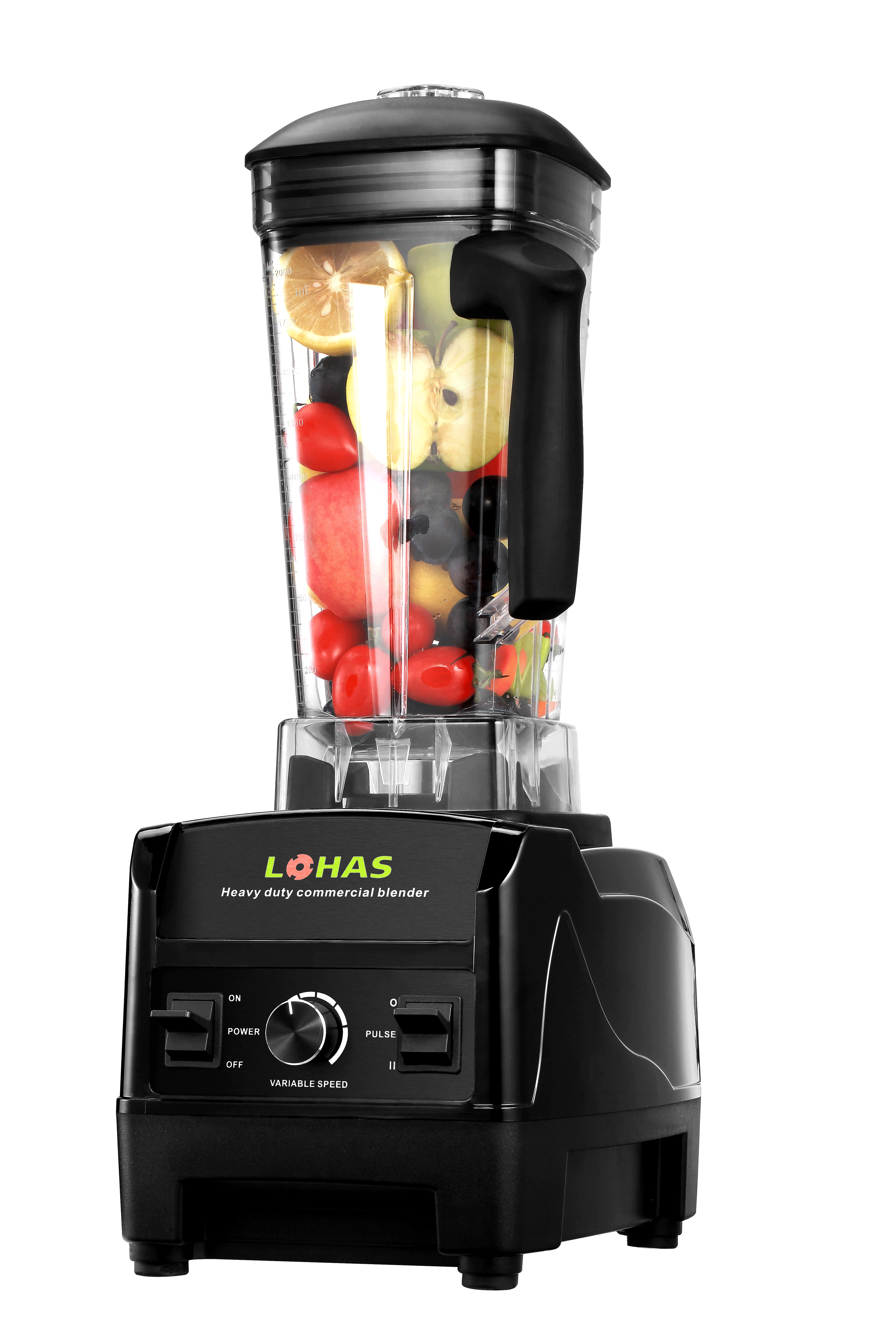
Πολυδιάστατη δημιουργία μενού και προετοιμασία τροφίμων
Επεκτεινόμενες μαγειρικές εφαρμογές
Ένα επαγγελματικό μίξερ ανοίγει ατελείωτες δυνατότητες για καινοτομία και επέκταση του μενού. Από την εμφύλιξη βινεγκρέτων και την πούρε σούπες, μέχρι το τρίψιμο μπαχαρικών και τη δημιουργία σπιτικής πάστας ξηρών καρπών, αυτά τα πολύπλευρα μηχανήματα ανταποκρίνονται σε διαφορετικές καλλιτεχνικές εργασίες με επαγγελματική ακρίβεια. Οι σεφ μπορούν να πειραματίζονται με νέες συνταγές και τεχνικές, γνωρίζοντας ότι το εξοπλισμός τους μπορεί να παράγει συνεπείς αποτελέσματα.
Η δυνατότητα γρήγορης εναλλαγής μεταξύ διαφορετικών εφαρμογών επιτρέπει επίσης στα εστιατόρια να προετοιμάζουν αποδοτικά διάφορα πιάτα μενού χρησιμοποιώντας ένα μόνο μηχάνημα. Αυτή η πολυτέλεια είναι ιδιαίτερα πολύτιμη σε μικρότερες κουζίνες όπου ο χώρος είναι περιορισμένος, καθώς ένα επαγγελματικό μίξερ μπορεί να αντικαταστήσει αρκετά εξειδικευμένα εργαλεία.
Συνέπεια στην Εκτέλεση Συνταγών
Η διατήρηση σταθερής ποιότητας των τροφίμων είναι κρίσιμη για την επιτυχία ενός εστιατορίου, και τα επαγγελματικά μίξερ ξεχωρίζουν στην παροχή επαναλήψιμων αποτελεσμάτων. Οι ισχυροί κινητήρες και οι ακριβείς ρυθμίσεις διασφαλίζουν ότι κάθε παρτίδα σάλτσας, σούπας ή πουρέ θα ταιριάζει ακριβώς με την προηγούμενη, βοηθώντας τα εστιατόρια να διατηρούν τις χαρακτηριστικές γεύσεις και υφές τους, ανεξάρτητα από το ποιος χειρίζεται τον εξοπλισμό.
Η συνέπεια αυτή επεκτείνεται και στον έλεγχο των μερίδων, καθώς πολλά επαγγελματικά μίξερ διαθέτουν βαθμονομημένα δοχεία και προεπιλεγμένα προγράμματα που βοηθούν το προσωπικό να διατηρεί ακριβείς μετρήσεις και χρόνους ανάμειξης. Το αποτέλεσμα είναι μειωμένα απόβλητα, καλύτερος έλεγχος κόστους και ικανοποιημένοι πελάτες που μπορούν να εξαρτώνται ότι τα αγαπημένα τους πιάτα θα έχουν την ίδια γεύση κάθε φορά που επισκέπτονται.
Οφέλη Οικονομίας και Αποδοτικότητας Χρόνου
Μείωση Εργασίας και Χρόνου Επεξεργασίας
Η ισχυρή απόδοση ενός επαγγελματικού μίξερ μειώνει σημαντικά τον χρόνο προετοιμασίας των τροφίμων. Εργασίες που θα μπορούσαν να διαρκέσουν αρκετά λεπτά σε ένα συνηθισμένο μίξερ ολοκληρώνονται σε δευτερόλεπτα, επιτρέποντας στο προσωπικό της κουζίνας να επεξεργάζεται τα συστατικά πιο αποτελεσματικά και να διατηρεί γρηγορότερους χρόνους εξυπηρέτησης. Αυτή η αυξημένη ταχύτητα μεταφράζεται απευθείας σε εξοικονόμηση εργασιακού κόστους και βελτίωση της ροής εργασιών στην κουζίνα.
Επιπλέον, η δυνατότητα επεξεργασίας μεγαλύτερων παρτίδων ταυτόχρονα σημαίνει ότι απαιτούνται λιγότεροι κύκλοι προετοιμασίας, γεγονός που απλοποιεί ακόμη περισσότερο τις εργασίες στην κουζίνα. Η αποδοτικότητα αυτή γίνεται ιδιαίτερα πολύτιμη κατά τις ώρες αιχμής, όπου η γρήγορη εξυπηρέτηση είναι απαραίτητη για τη διατήρηση της ποιότητας της εξυπηρέτησης.
Μακροπρόθεσμα πλεονεκτήματα
Ενώ η αρχική επένδυση σε ένα επαγγελματικό μίξερ μπορεί να είναι υψηλότερη από τα οικιακά μοντέλα, τα μακροπρόθεσμα οικονομικά οφέλη το καθιστούν μια λογική επιχειρηματική απόφαση. Η ανθεκτικότητα και η αξιοπιστία του επαγγελματικού εξοπλισμού σημαίνει λιγότερες αντικαταστάσεις και επισκευές, ενώ η βελτιωμένη απόδοση μειώνει το κόστος εργασίας και ελαχιστοποιεί τα τροφιμικά απόβλητα μέσω ακριβούς επεξεργασίας.
Τα χαρακτηριστικά ενεργειακής απόδοσης στα σύγχρονα επαγγελματικά μίξερ συμβάλλουν επίσης στην εξοικονόμηση κόστους με την πάροδο του χρόνου. Πολλά μοντέλα έχουν σχεδιαστεί για να βελτιστοποιούν τη χρήση ενέργειας διατηρώντας ταυτόχρονα υψηλή απόδοση, βοηθώντας τα εστιατόρια να διαχειρίζονται τα έξοδα ρεύματος ενώ καλύπτουν τις ανάγκες τους σε προετοιμασία φαγητού.
Συχνές Ερωτήσεις
Πόσο διάστημα διαρκεί συνήθως ένα επαγγελματικό μίξερ σε εστιατόριο;
Ένα μίξερ ποιότητας, όταν συντηρείται σωστά, μπορεί να διαρκέσει 5-10 χρόνια ή περισσότερα σε επαγγελματικό περιβάλλον κουζίνας. Η τακτική συντήρηση και η τήρηση των οδηγιών του κατασκευαστή για τη χρήση μπορεί σημαντικά να επεκτείνει τη διάρκεια ζωής του.
Τι πρέπει να αναζητούν τα εστιατόρια όταν επιλέγουν ένα επαγγελματικό μίξερ;
Οι βασικοί παράγοντες που πρέπει να ληφθούν υπόψη περιλαμβάνουν την ισχύ του κινητήρα (συνιστάται ελάχιστη ισχύς 1.500 watt), τη χωρητικότητα της δεξαμενής, τις επιλογές ελέγχου ταχύτητας, τα χαρακτηριστικά μείωσης θορύβου, την εγγύηση και το αν το μοντέλο είναι πιστοποιημένο από το NSF για επαγγελματική χρήση στην εστίαση.
Μπορούν τα επαγγελματικά μίξερ να επεξεργάζονται ζεστά συστατικά;
Πολλά επαγγελματικά μίξερ έχουν σχεδιαστεί ειδικά για να επεξεργάζονται με ασφάλεια ζεστά συστατικά, με ειδικά συστήματα εξαερισμού και ανθεκτικές στη θερμότητα δεξαμενές. Ωστόσο, είναι σημαντικό να επαληθεύσετε αυτή τη δυνατότητα στο συγκεκριμένο μοντέλο και να ακολουθείτε τα κατάλληλα πρωτόκολλα ασφαλείας όταν αναμιγνύετε ζεστά προϊόντα.



